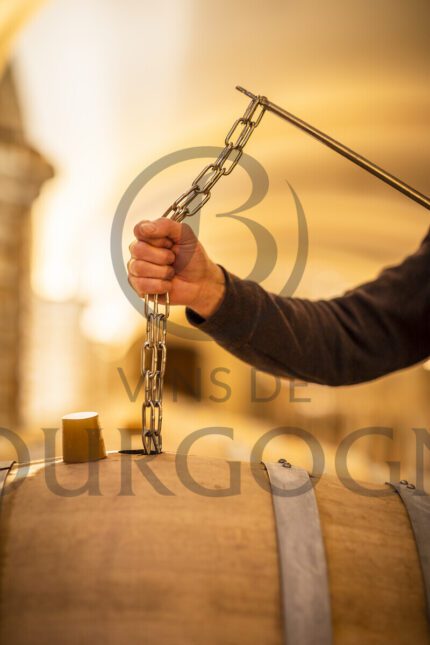
Bourgogne is reclaiming its identity as one of the most iconic regions of France with a return to the original name. In the past, Bourgogne adopted an alternate identity for export markets with the use of the ‘Burgundy’ designation for the English-speaking markets, or Burgund for the German speaking and many other translations by country. Over the years, that marketing decision caused some confusion and a loss of identity.
Today, nearly all the wines producers have returned to the traditional ‘Bourgogne’ designation –via either appellation designation or wine region labeling – with a focus on its unique climat. Climat that is showcased with diverse soils and unique examples showcasing the full cross-section of Bourgogne.
Cécile Mathiaud of the Bourgogne Wine Board, talked about how it is time to take back the identity of the Bourgogne appellation as the region has so much history, unique terroir, venerable grape varieties and climats that deserve to be recognized. She acknowledged that it would take time to break former habits of consumers around the world, but the wines speak for themselves.
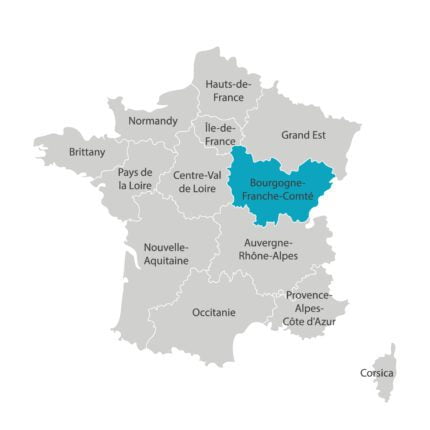
The History
While Bourgogne is the French name for Burgundy, it is also a winegrowing region situated one hour from Lyon and two from Paris. It links Northern Europe with the Mediterranean Basin and has 28,841 hectares under vines.
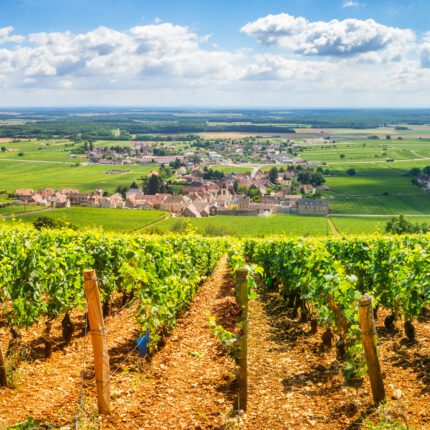
Bourgogne has five wine-producing regions: Chablis and Grand Auxerrois, Côtes de Nuits, Côtes de Beaune, Côtes Chalonnaise and the Mâconnais. Bourgogne produces red, white, rosé and sparkling wines.
There are also four villages and four named vineyard sites which may be stated on labels of Bourgogne wine. The villages are Chitry, Coulanges-la-Vineuse, Épineuil and Vézelay. The four vineyard sites are Côte de Saint-Jacques (in Joigny), Le Chapitre (in Chenove), La Chapelle Notre Dame (in Ladoix-Serrigny) and Montrecul (in Dijon).
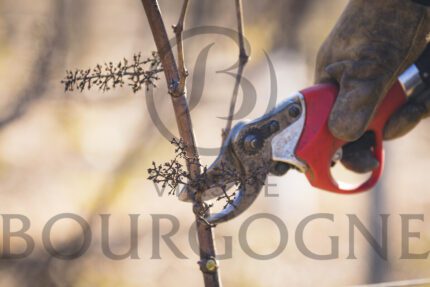
A New Generation of Winemakers
We focused on the changes happening with this passionate new generation of winemakers – many taking over as the next generation of their family’s winery. It was clear a consistent thread continued to weave throughout the generations – the terroir, the grape varieties, the climats, the history of winemaking, but what is innovative are the new methods and techniques being embraced in the wineries and vineyards.
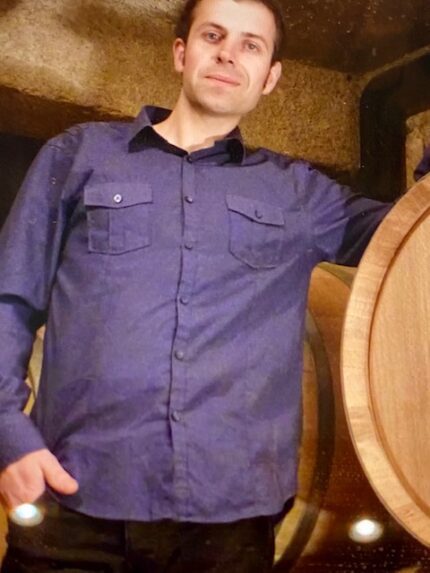
The session was moderated by Kristy Wenz, wine educator, wine and travel writer, and she was joined by Nicolas Thevenot, who took over at Domaine Thevenot-Le Brun as winemaker from his father in 2009, an estate that has extensive vineyard holdings in Hautes Cotes de Nuits.
We talked about the natural passing of the torch to the younger generation with new ideas.
Nicolas talked about the significant move to sustainability and how that naturally progressed with the new generation. While his father was naturally concerned about protecting terroir, today they are more focused on being organic and certifying that process.
He talked about producing and exporting less while taking the best practices and technology and bringing them back to make better wines. “These wines are expressions of the terroir where they are grown, and they cover a wide range of expressions. That is the beauty of Bourgogne.”
The Cave de Lugny is a cooperative based in the Mâconnais countryside with vines dating back to the 18thcentury. Mâcon-Lugny dates back to 1927. The idea of a cooperative is that it works like an incubator for new ideas for new techniques and innovations. A wine cooperative is a group of winegrowers. It purchases the grapes in bulk based on plot origin, grape varietal and then vinifies the grapes according to production rules specific to each category and later sells the grapes.
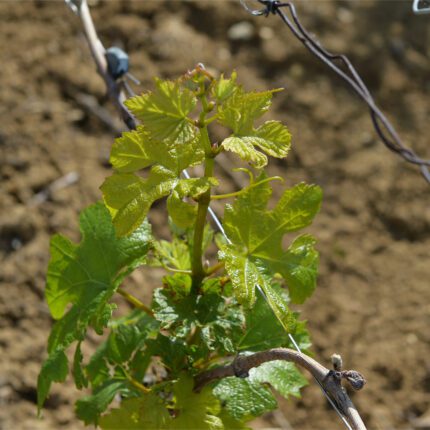
We tried one wine each from the wineries.
- 2018 Les Charmes – Mâcon-Lugny Chardonnay
The wine, which was 100 percent chardonnay was aromatic, fresh and had a great minerality with notes of floral and citrus.
- 2018 Domaine La Cadette ‘Vézelay’ Bourgogne La Châtelaine
The winery is in Vézelay planted by Jean and Catherine Montanet in 1987. The fruit was first designated for a cooperative, which saw its first vintage bottled in 1990. Jean was general manager of that business. In 1997, the INAO (Institut National des Appellations d’Origines) had awarded Vézelay its own AOC and the Montanet’s began farming organically in 1999 and soon decided they wanted to establish their own label, Domaine de la Cadette. Their son Valentin joined them in 2010 and now manages the Domaine, carrying on philosophy of organic farming and natural vinification
The wine was described as a white wine with personality. It had a nice minerality and notes of almond, green apples, white fruit and citrus.
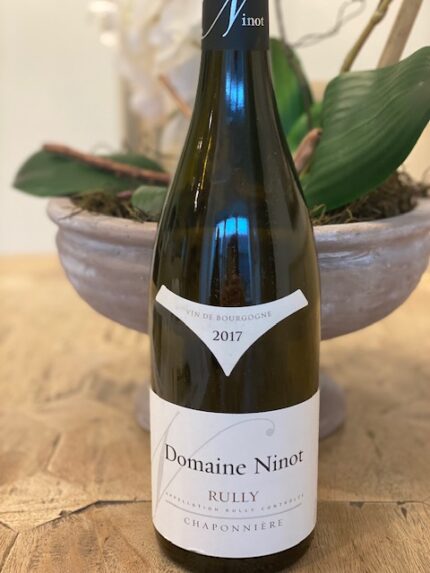
- 2017 Domaine Ninot Rully, Chapponiere
Based in Rully in the Côte Chalonnaise, Domaine Ninot is a family run winery. Since 2003, Erell Ninot and her brother, Flavien, have led the award-winning winery. The winery is comprised of 10 hectors in the Rully and Mercurey, a third of which are first crus, was replanted by her dad and is now flourishing. The Domaine’s is currently going through an Organic Certification process. The winery practices rigorous manual vineyard work, low yields and respect for the soil, the vine and nature.
Bright, floral, cherry, and raspberry notes with some spice.
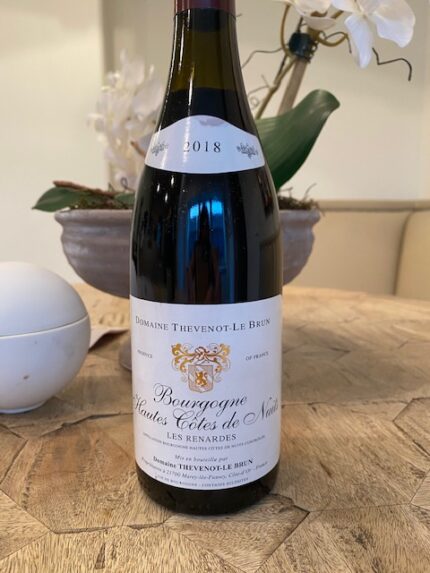
- 2018 Domaine Thevenot-Lebrun Bourgogne Hautes Côtes de Nuits, Les Renardes
Domaine Thevenot – Le Brun is in Marey-lès-Fussey, in the high-lying area of Nuits-Saint-Georges. The vineyards extend over 3 appellations: Hautes Côtes de Nuits, Hautes Côtes de Beaune and Bourgogne Aligoté. Created in the early 1960s, Domaine Thévenot-Le-Brun today is comprised of 28 hectares of vines. After training as a hydrological engineer, Nicolas Thévenot succeeded his father, Daniel, and his uncle, Jean, in 2009. He represents the fifth generation of the family.
I tasted notes of black current, blackberry, spice, and cassis with a nice silkiness.
What struck me as I tasted the wines was the different expressions of terroirs evident from plot to plot, region to region. Now is the time for Bourgogne to step outside of Burgundy’s shadow. It deserves more.



